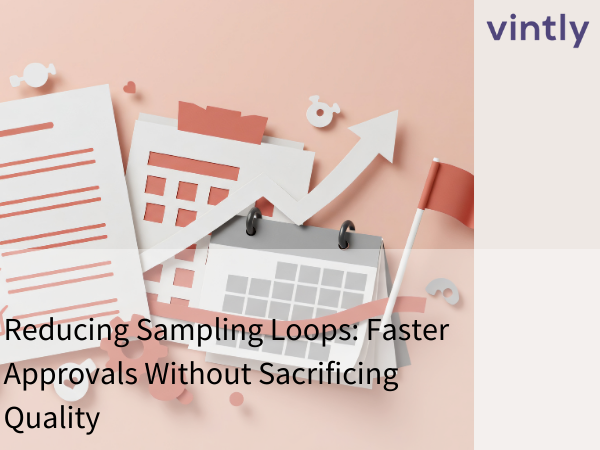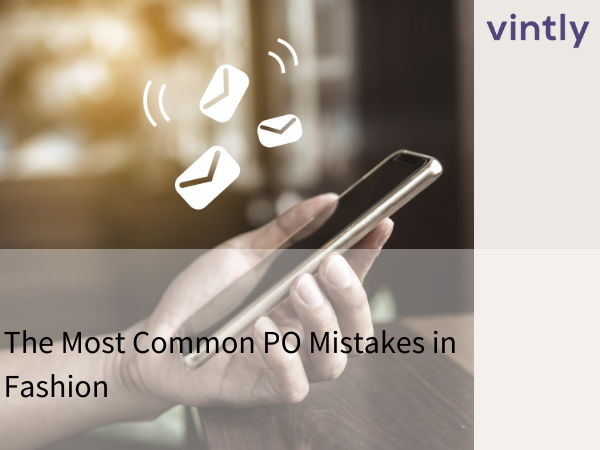How to Run a Successful Supplier Audit in Apparel Manufacturing
In today’s fashion industry, where speed, ethics, and sustainability are all under scrutiny, supplier audits have moved from being a regulatory checkbox to a core component of smart supply chain management. A successful supplier audit isn’t just about catching violations—it’s about building trust, identifying risks early, and improving collaboration across your network.
The process begins before anyone even steps into a factory. Brands must define the scope of the audit with intention. Is the primary concern labor standards? Environmental impact? Or perhaps the consistency and quality of final garments? Without clarity, audits can become vague or ineffective, failing to detect the real issues lurking beneath the surface.
Equally important is how the audit is conducted. Partnering with experienced, trained professionals—especially those with local knowledge—is key. Too often, factory inspections become procedural exercises that fail to dig into the actual conditions. That’s why brands are increasingly relying on a mix of announced and unannounced visits, employee interviews, and hands-on walkthroughs that observe real working conditions, not just what’s presented on paper.
One common mistake is treating an audit as a one-time event. A meaningful audit always leads to action. The findings must be compiled into a transparent report, with clear corrective measures and timelines. But it doesn't stop there. Brands should follow up, verify improvements, and factor audit results into broader supplier performance systems like scorecards and incentive models. If you're looking to embed this more deeply into your supplier strategy, check out our guide on The Role of Supplier Audits in Quality Assurance, which explains how audits can drive long-term improvement rather than fear-based compliance.
Why is this level of diligence necessary? Because failure to audit properly can have reputational and operational consequences. Just recently, a case reported by Reuters revealed that Dior's Italian supplier passed several inspections—yet authorities later discovered undocumented workers and poor conditions at one of its subcontracted workshops. The takeaway? Even reputable suppliers aren’t immune to risk, and surface-level audits won’t catch systemic issues.
Ultimately, what separates a successful supplier audit from a failed one is the intent behind it. If the goal is merely to pass an inspection, the process becomes performative. But if the aim is to uncover risks, empower suppliers to improve, and build a more resilient and ethical supply chain, the audit becomes an investment—not a cost.
.png)


